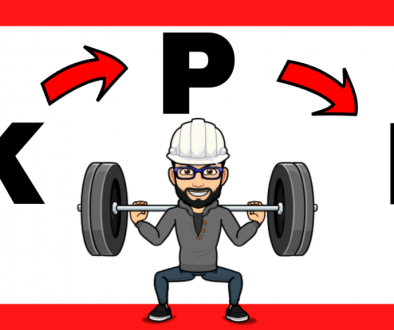Critical Path Method
Imagine that your project schedule has thousands of activities and you do not yet know how to start managing it. The Critical Path Method (CPM) will help you control and manage your project properly. But first, find out a little more about this method so used in Planning and Project Controls.
What is the Critical Path Method within a project?
First of all, you should know what the Critical Path of a project is. The Critical Path is the longest path to complete a project that has resources allocated when creating a schedule. In this path, which starts at the start milestone of the project and ends at the finish milestone of the project, there are all those activities that, in case of delay, would delay the end of our project as well. These activities are called critical activities.
Therefore, one of the characteristics of critical activities is that they do not present any type of float or slack. In Project 2080 we like saying that the critical activities look like rigid iron bars and the rest of activities, which are not critical ones, look like an elastic band. Thus, the rigid iron bar should not increase its length. Otherwise, it would break itself. However, the elastic band may be able to stretch with no breaking. At least while the elastic band keeps having some remaining float.
How to apply the Critical Path Method?
The Critical Path Method within project planning is just a method to work out the critical path of a project. This method consists of an algorithm that helps us calculate the start and finish dates of every single activity. The steps to proceed are as follows:
- To identify and create a list of all the activities of our project.
- Identifying what resources we will use to finish the project and, thanks to their outputs, calculate the duration of the activities.
- To establish relationships between all activities in a logical way.
Taking into account the previous points, we will have created a network diagram in which each activity is represented as a node, linked with the others. Thanks to the start and finish of each activity will be calculated their float (free float and total float). Finally, this will help to define the Critical Path of the project as all activities with total float equal to zero.
Apply the Critical Path Method using Primavera P6
Nowadays, there are a lot of planning and project controls software and tools, such as Primavera P6 from Oracle. This planning tool gives us the possibility to set up, before applying the Critical Path Method, what activities we define as critical. In addition, it also gives us the possibility to configure how to calculate the total float of the activities. Below you can see an image with the different schedule options that the tool provides us before proceeding with the calculation:

Of all the schedule options we have, we will focus on those related to the Critical Path Method:
Define Critical activities as: it defines the criterion of critical activities in the schedule.
- Total Float less than or equal to: activities will be marked as critical if the value of your Total Float or Total Float is less than or equal to that defined in this field.
- Longest Path: critical activities are defined as the longest chain of activities in the schedule. We recommend using this option when multiple calendars are used or there are many constraints.
Calculate float based on finish dates: when more than one project is opened at the same time in Primavera P6, this option determines whether the float is calculated by the finish date corresponding to each project or the finish date of the longest project of all of them.
Compute Total Float as: these options determine the value of the float that is shown for WBS or LOE activity types.
- Start float = late start – early start
- Finish float = late finish – early finish
- Smallest of Start Float or Finish Float
Advantages of the Critical Path Method
Thanks to the Critical Path Method, we will be able to:
- estimate the maximum duration of our project and see if there is some kind of final project float (Terminal Float);
- see what activities are considered as high priority activities to end our project within the estimated time and track them in a different way;
- visually identify critical activities. Gantt Chart will show all critical activities, belonging to the Critical Path of the project, as red-color tasks.
IN PROJECT 2080 WE WOULD LIKE YOU TO REMEMBER
Nowadays, the Critical Path Method is the most used method by Project Managers to analyze and control a project through its schedule. Thanks to this method we will be able to prioritize the most critical activities, study if applying some time compression technique is needed and make our project more optimal. We must bear in mind that any kind of project could use the Critical Path Method. We will always keep in mind that only one path will be the most critical one of the project. However, we can have a lot of subcritical paths. Finally, any delay in an activity that belongs to the Critical Path will delay the completion of our project.



